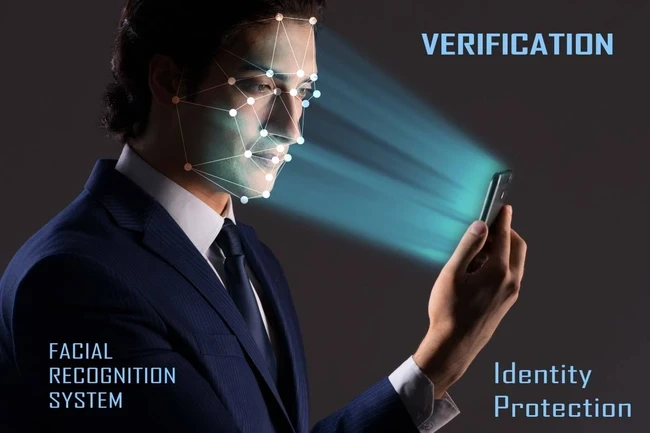Since the advent of the internet, we’ve been grappling with a trust problem. How do you do business with someone when you don’t know who they are? Over the past 30 years numerous solutions have been proposed including SSNs, credit databases and knowledge based authentication. Nothing has struck the right balance between security and user experience. We spent 6 months compiling all of the trends, insights and technical information needed to understand how new approaches to digital identity will shape the future of business. This guide is the result. We cover different historical approaches to the identity problem, risk modelling, new generation remote IDV, how automation can be powered by machine learning, and modern fraudulent techniques and how to detect them. Read this whitepaper to learn about:
- Key modern approaches to remote identity verification
- How risk modelling can be used to decrease overheads and maintain security
- Common attack vectors and how to detect them
- Biometric verification and how it can deter impersonation fraud
- Machine learning’s role in powering remote IDV
- The future of digital identity








Comments ( 0 )